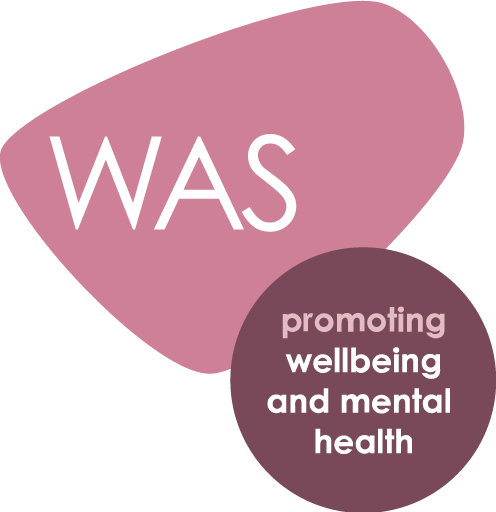Proactive discussions are the key to developing a culture of positive mental health. Here are some tips for SENCOs looking to facilitate the best possible support.

One of the most valuable meetings a SENCO can have is with their local NHS commissioner. Incorporating health in discussions about pathways for young people can be challenging for SENCOs, parents and carers alike.
However, I’ve found that having a better understanding of NHS commissioning and the referral process has made a substantial difference to the quality of provision we can shape for children and young people with SEND.
I have previously spoken about my role in supporting the development of ADHD care pathways, as a member of a clinical advisory group. This year, I am fortunate once again to be involved in revising these ADHD pathways and helping with the discussions regarding the autism workstream.
From my other work with schools, local areas and parent/carer forums across the country, I have become acutely aware of the extent to which your approach to supporting these pathways will depend on your postcode, which is, unacceptable and needs to change.
Over the past decade, the role of commissioning has become increasingly important to the healthcare system in England.
Simply put, commissioning is the process of planning, agreeing and monitoring services.
To find out more about NHS commissioning, visit the NHS website.
Whenever I discuss support pathways, I am always discussing the THRIVE model.
Devised to replace the traditional tiered model that CAMHS has used for service organisations, the THRIVE model draws a clearer distinction between treatment and support by identifying the groups of children and young people and the care they need.
Below is an example of how the model is typically set out. The group of four clusters on the left represent the different types of support, while the clusters on the right describe the corresponding ‘states of being’ that young people will have as they receive that support.
A model like this reflects a move away from the ‘escalator model’ of severity and complexity, and a greater emphasis on needs, identification and choices.
It shows that through efforts to prevent and promote certain emotional states, we can help all young people to thrive.
'You change or you hide your head in the sand.'
Tony Gilroy
I don’t pretend to suggest that a change of approach will instantly bring schools and care providers into contact with mental health services that remain underfunded and inaccessible. But as mentioned previously, I am acutely aware of the importance of proactive and positive discussions.
A culture of resilience should be the focal point of a school’s strategic thinking. This extends to the open and honest dialogues we maintain with professionals. These conversations are the road to better outcomes. Simply doing nothing will make change impossible.
Hopefully I’ve underscored just how beneficial it will be for SENCOs to seek out NHS commissioners, and use the THRIVE model as the basis of collaborative working. Better outcomes for all can start here.
Resilience is a hot topic at the moment, especially in light of recent reports about the prevalence of mental health difficulties among young people.
To be resilient is to cope with negative life events; to ‘bounce back’ from difficult situations and persevere in the face of difficulty. The role of teachers in improving mental health is a matter of ongoing debate, there is little doubt that the skills and behaviours needed for emotional resilience deserves pride of place in a school’s curriculum.
How effectively does your school:
Building resilience does take time, especially at a whole-school level, but the academic, social and emotional benefits can be significant.
What changes can you make in the days, weeks and months ahead?
 Embed a culture of resilience
Embed a culture of resilienceDeveloped in partnership with the National Children's Bureau, the Wellbeing Award for Schools supports schools to create a culture in which all pupils can thrive. It will help you to: